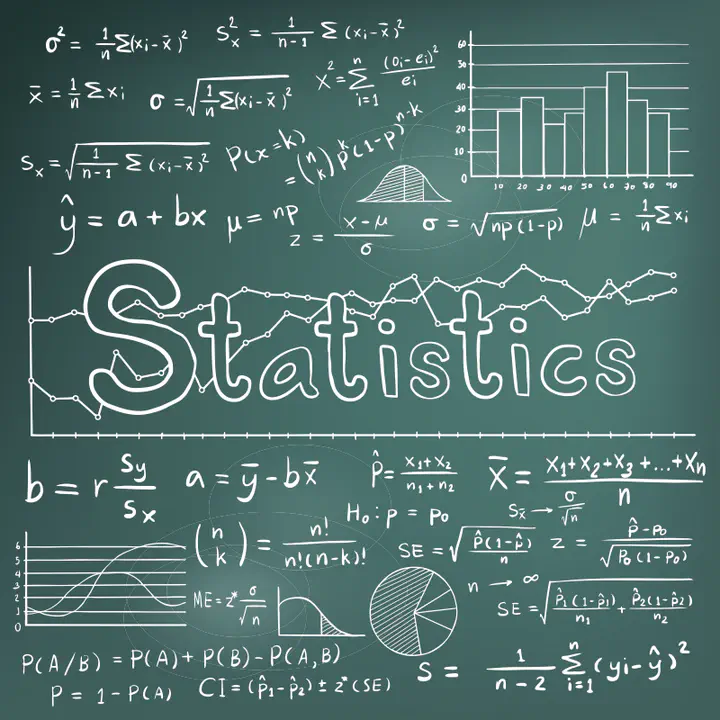Exploring One-Way ANOVA (Part II)
A further guide for my high school students.

Instructions:
Read through this exercise and be sure to commit and push every time I ask you to.
Remember: Also answer questions along the way in your R markdown file. The questions will be in red.
‘When you see purple text commit and state what you just did for your commit.’
Welcome back!!
In the last post we focused on:
1. The purpose of One-Way ANOVA is to determine whether the population means are the same across 3 more groups
2. Visualizations of Data for One-Way ANOVA
- Box Plot
- Violin Plot
Today we are going to summarize the data and evaluate a specific statistic to understand hypothesis testing further for One-Way ANOVA.
‘Commit Here: state what you just did for your message’
Before I begin, I must mutate cyl because R will consider to be numeric.
mod_mtcars = mtcars %>%
mutate(cyl = as.factor(cyl))
Summaization of the Data
summary_mtcars_df = mod_mtcars %>%
group_by(cyl) %>%
summarise(sample_size = n(),
mean_mpg = mean(mpg,na.rm = TRUE),
sd_mpg = sd(mpg,na.rm = TRUE))
summary_mtcars_df
## # A tibble: 3 × 4
## cyl sample_size mean_mpg sd_mpg
## <fct> <int> <dbl> <dbl>
## 1 4 11 26.7 4.51
## 2 6 7 19.7 1.45
## 3 8 14 15.1 2.56
‘Commit Here: state what you just did for your message’
Coding Notes:
What is na.rm =TRUE and why did I use it? This is for values that may be missing (NA) in your data set, I do not have missing values, but you may.
Summary Notes
- The sample size not equal across the number of cylinders
- It can be seen as the number of cylinders increase the mean of miles per gallon decreases. We cannot talk about causality because we did not implement an experiment.
- The standard deviation of the 4 cylinder cars is more that 3 times (4.51/1.45) more than 8 cylinder cars
‘Commit Here: state what you just did for your message’
Question 1: What does mean measure with the sample? the center or variability? Explain.
Question 2: What does standard deviation measure within the sample? the center or variability? Explain.
‘Commit Here: state what you just did for your message’
The point of One-Way ANOVA is to determine if the population means are equal using the information from a sample. A good way to think of One-Way ANOVA is to think of the ratio between the standard deviation of the sample means compared to the mean of the standard deviations. \(\frac{\text{Standard Deviation of the Means}}{\text{Mean of the Standard Deviations}}\) Here is how it is calculated in R:
ratio_anova = sd(summary_mtcars_df$mean_mpg) / mean(summary_mtcars_df$sd_mpg)
ratio_anova
## [1] 2.048148
‘Commit Here: state what you just did for your message’
In a situation when the means are different, the ratio that we just found,2.0481485 would be quite large. Below I give a rationale on why this does not work for this data set.
In a proper implementation of One-Way ANOVA we assume that the standard deviation across all groups are equal. A good gauge to see if the standard deviations are approximately equal is the look at the ratio between the max and min standard deviation \(s_{max}/s_{min}\). If this ratio is less than 2 this assumption has been met, if not interesting result will occur.
max(summary_mtcars_df$sd_mpg)/min(summary_mtcars_df$sd_mpg)
## [1] 3.102593
Since this ratio is so large the following description does not work well for this data. If your box plots are extremely different in your post for part 1 and/or the means are extremely different from your summarized data (above), the standard deviation ratio \(s_{max}/s_{min}\) is the issue.
‘Commit Here: state what you just did for your message’